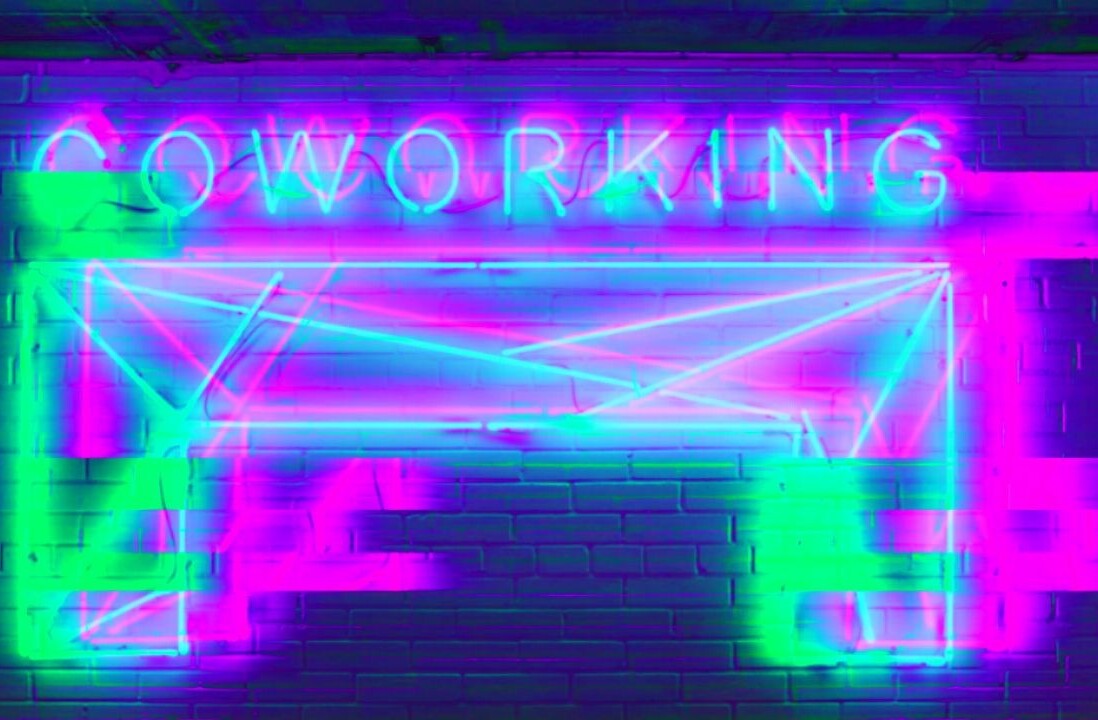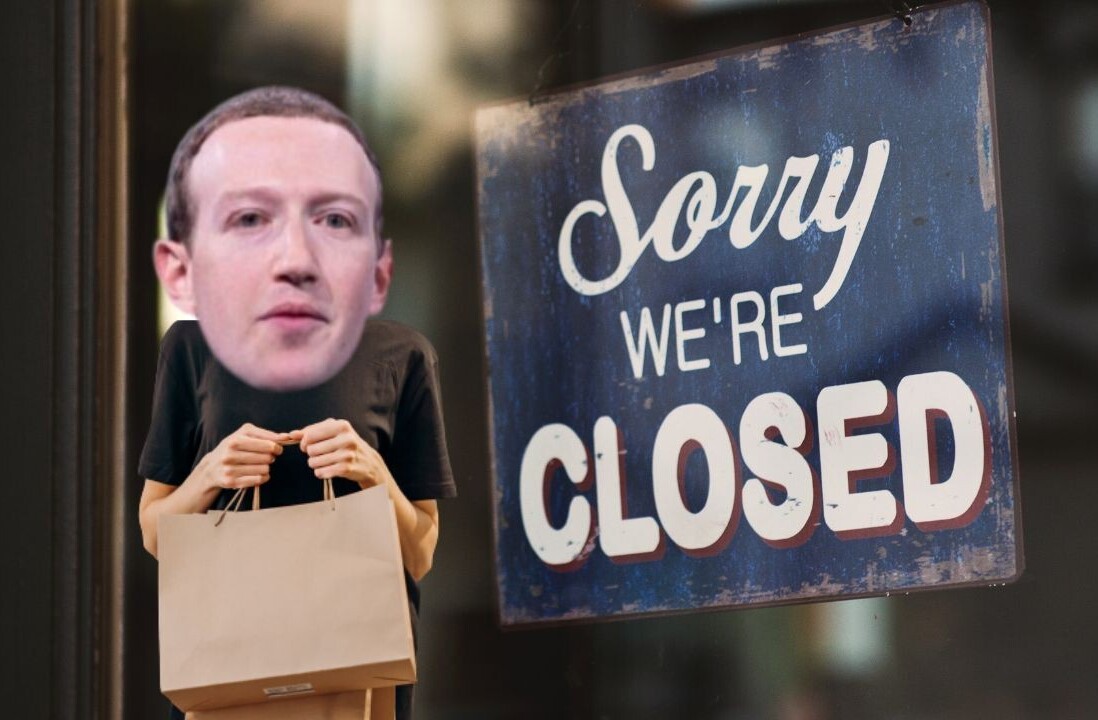
Looks like the first two quarters of 2020 are nothing but devastating for the digital advertising industry. With brands cutting marketing costs and publishers struggling to monetize the spike of traffic, obtained in view of the pandemic-related news flood, the global recession is looming on the horizon.
However, since basing on the right trends while adjusting your business strategy is crucial for ensuring economic recovery, the key question is: what’s next?
While no one can be sure of what exactly will happen in terms of the pandemic, it’s still possible to make a number of informative assumptions to build on.
Hopes up on the sell side for Q4, 2020
A few weeks ago, IAB released its “Coronavirus Ad Revenue Impact” survey results, which included several essential observations.
- Quite predictably, around 70% of publishers are already decreasing their forecasts for 2020, given the steep revenue decline over the past several months, both in the news and non-news segments.
- Surprisingly, however, many of them keep their expectations up for H2’20, hoping the conditions will improve.
The truth is, there is some firm reasoning behind such optimism. First, many advertisers have pushed their ad campaigns to later dates, instead of canceling them for good, and are seemingly ready to un-pause their digital marketing activities as soon as the virus activity drops.
Secondly, a large share of businesses on the buy-side are already developing a set of alternative anti-crisis strategies in case the second wave hits the world harder than expected. In plain words, the digital advertising budgets will be most certainly put into action closer to Q4 2020, one way or another.
5G-fueled digital ad evolution on hold until 2021
The deployment of 5G infrastructure on a global scale has been anything but a simple project from the very beginning, requiring huge financial investment and massive consumer willingness to upgrade. Yet, closer to the end of 2019 some sort of the cross-industry consensus emerged that it would have been accomplished anyway, at least by 2025.
In the online advertising context, this would mean the beginning of a whole new era, emerging from complete digital connectivity, with complex, interactive ad formats, and massive upgrades in programmatic infrastructure.
Well, at least, this was the plan. Yet, it’s not anymore.
From what it looks like right now, almost everything around the deployment of 5G network across countries is currently shelved, or at least postponed to Q4 2020, or even 2021.
The deteriorating sentiment comes at no surprise though.
On the tech side, with China still regrouping after the economic damage, done by the recent outbreak, and other Asian countries like Japan currently undergoing a massive financial crisis, the production of 5G-related hardware has stalled.
More importantly, the consumer willingness to embrace the 5G-fueled revolution has heavily declined, too.
Bombarded by the multitude of conspiracy theories, and worried of what their income may be like in the upcoming months, most people are far less enthusiastic about adopting innovative tech, than they would normally be.
Ad expo market: Only the strongest to survive 2020
With all ad conferences and expos, initially scheduled for H1, 2020, postponed to the next year, it looks like only the strongest players on the market will be able to mitigate their losses and successfully adjust to the new realities.
In this respect, while the future of MWC Barcelona, for instance, remains uncertain, chances are many of us will meet up in person at the next year’s Programmatic I/O event.
The prospects are seemingly brighter for conferences & expos, still scheduled for Q3-Q4, 2020, with similar exceptions though. While organizers of large annual events, like DMEXCO can handle excessive spending on necessary social distancing measures, smaller companies may struggle to comply with new requirements.
As for online expo variations, these remain somewhat a controversial alternative to offline events. Sure, they might work as a temporary solution for conferences, but can’t offer much in terms of networking in my opinion.
Get the TNW newsletter
Get the most important tech news in your inbox each week.




